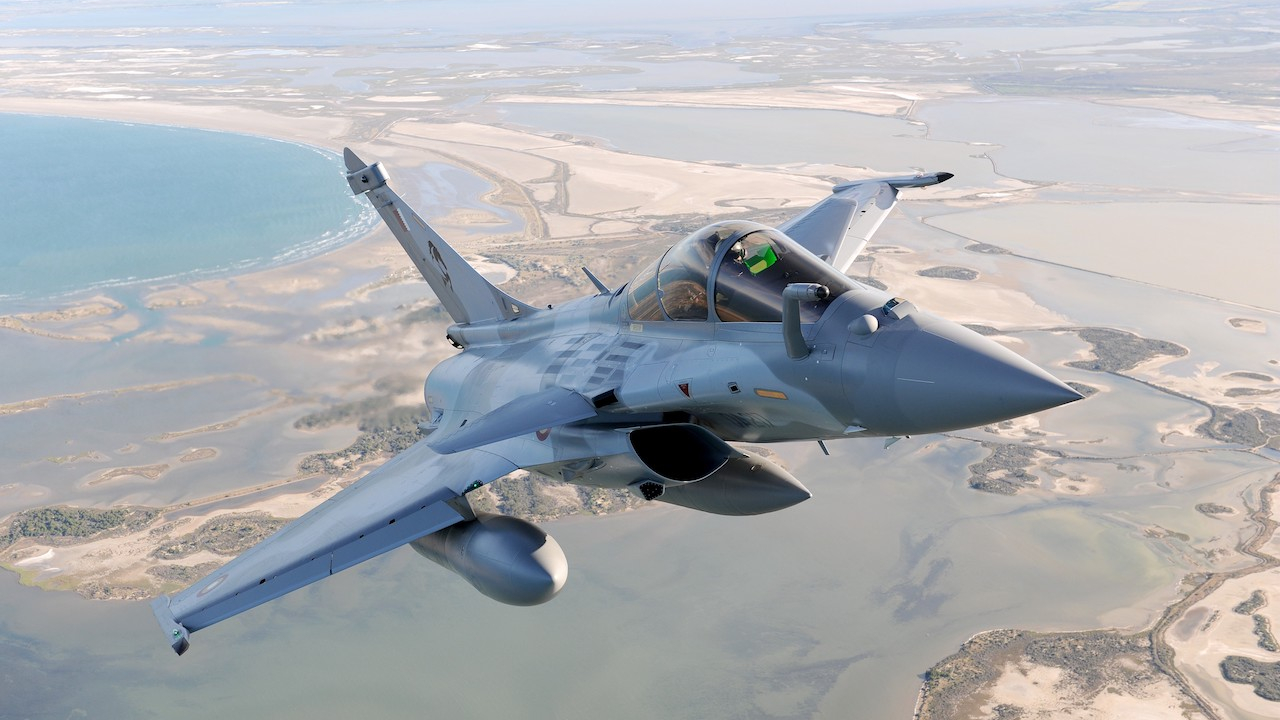Lift-Off? A400M gets Middle East boost

An unnamed Middle East country is ready to “enter into contract negotiations” for the purchase of the Airbus A400M military transport as soon as it is a few months into its Flight Test Programme (FTP).
It’s one of several items of good news in a programme that has been hit by development problems resulting in serious delays. Other welcome news for the Airbus Military teams in Spain are the expectation of a renegotiated contract with the body representing the European launch customers, and the first flight of the A400M now expected by the end of the year.
Despite the travails in delivering the programme, the “airlifter of the 21st century” has already excited the market, according to Peter Scoffham, Airbus Military head of defence capability marketing.
“There is terrific interest. To date some 36 nations have had a look at it and a large number have said they are seriously interested as soon as it has got some way into the FTP,” he said.
“One particular nation in that area (the
With the
The vigorous marketing campaign conducted over the past two years has been hampered by the delays to the programme, which has created uncertainty over delivery slots.
“For the last two years, marketing activity has raised the visibility of the aircraft around the world,” said Scoffham. “However, there was a limit to how far we could take the conversations. While we were sorting out the technical challenges, we could not guarantee times or dates. Nor did we know how much money was involved in resolving the problems.
“From the customer point of view, if you don’t know the costs and the timing of availability, there is only so much you can talk about. Now, we are in negotiations with the launch nations and, hopefully, they will be concluded by the end of the year. Only when that is concluded and the new delivery dates for the launch nations is decided will we know what delivery slots are available for additional customers.”
The European launch customers – Germany with 60 orders, France (50), Spain (27), UK (25), Turkey (10), Belgium (7) and Luxembourg (1) are represented by the joint cooperation organisation for armament (OCCAR) currently renegotiating the original contract, which is expected before the end of the year, said Rafael Tentor, head of the A400M programme. In addition,
“In July, all European joint launch nations renewed their commitment to the programme,” he said. “They established a prominent team in
He declined to go into details because of a non-disclosure agreement with OCCAR, nor would be comment on reports that the cost of the aircraft had risen from €110 million to €145 million.
The technical issues that have dogged the aircraft development had now been resolved, he said. The Full Authority Digital Engine Control (FADEC) system had been a problem, he said, but it had been resolved.
“We expect the final software release this week. We are confident that we will have software in line with our target for a first flight by the end of the year,” he said.
Final steps towards fist flight include an audit on the FADEC system, and low and high-speed taxi trials.
“Our target is to have the aircraft in the air before the end of the year. At the moment we are on target and our confidence is increasing every day.”
He added that the second (MSN2) and third (MSN3) aircraft for the FTP are scheduled for first flight in the first quarter of next year and the summer respectively.
He said: “We are not only working for tomorrow: we are developing a standard for the next decades. This aircraft uses the most advanced technologies, deriving benefits from programmes like the (Airbus) A380.”
The engine, built by Europrop International (EPI), a consortium of Rolls-Royce, SNECMA, MTU and ITP, has now undergone more than 3,150 hours of testing.
The engine is the most powerful turboprop built in the West and will enable the A400M to achieve speeds of .72 mach, close to that of a jet-powered aircraft. It’s just one of the features of the aircraft that give it huge flexibility, said Tentor.
“This aircraft does the job of three aircraft,” he said. “It is a logistical airlifter, a tactical transport and an aerial refueller.”
Launched in 2000, the A400M is designed to carry out both tactical and strategic/logistic missions and is able to fly fast or slow and at high or low altitude.
Its useable fuselage (18 metres long x four metres x four metres) enables it to carry an NH90 or CH-470 Chinook helicopter, or two Stryker infantry-carrying vehicles in its military role. Operating in its humanitarian relief role, it can carry a semi-articulated truck with a 20-foot container, or a rescue boat, or large items of plant such as excavators or mobile cranes.
Airbus said that it is the only airlifter that can deliver its cargo straight into the action thanks to its “unique” landing characteristics. Its 12-wheel main landing gear is designed for operations from stone, gravel or sand strips.
On the ground, the aircraft is designed for very rapid and autonomous unloading or loading, without specialised ground support equipment. With on-board winches and crane, the cargo hold is optimised for single loadmaster operation based around a computerised workstation.
Its speed characteristics also enable it to drop supplies from low altitude on to a very limited surface.
The A400M has a range of 4,700nm (8,700km) at a cruising altitude of 37,000 feet. Able to be refuelled in flight, the range can be extended.
Operating when configured as a refueller, the A400M can refuel military fast jets at 25,000 feet and 300kt or helicopters at 110kt at 5000ft. Refuelling is via two wing pod hoses or through centreline hose and drum unit.
Its operational versatility means the aircraft can also serve for paratroop operations at both high or low altitude. Special forces drops from as high as 40,000 feet can be carried out, or 116 fully-equipped paratroopers can be dropped two at a time, either from the rear ramp or through special side doors.
Little wonder that the aircraft’s first flight is eagerly awaited.
Stay up to date
Subscribe to the free Times Aerospace newsletter and receive the latest content every week. We'll never share your email address.

